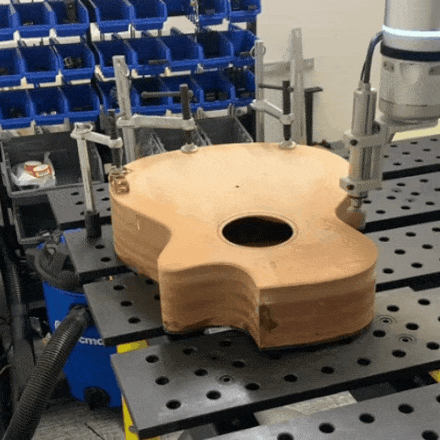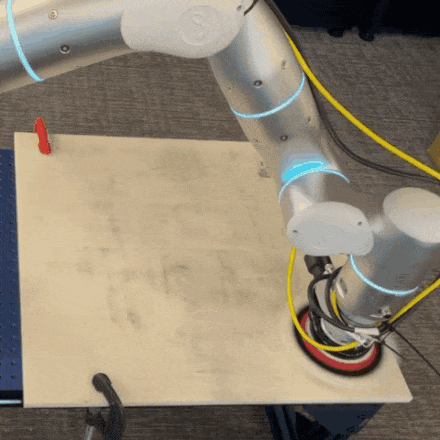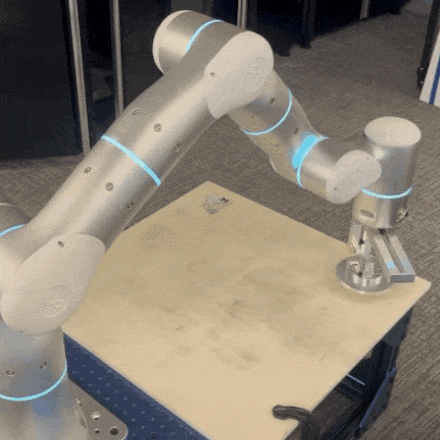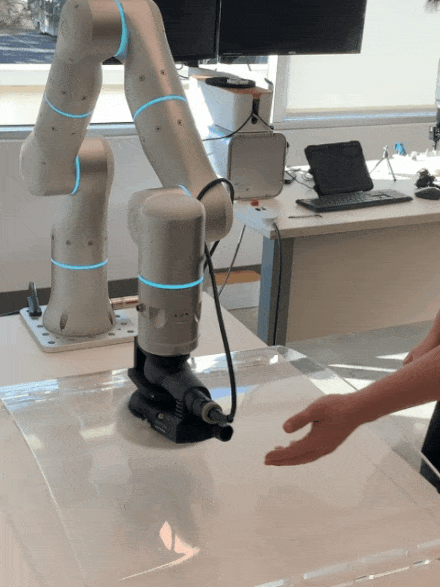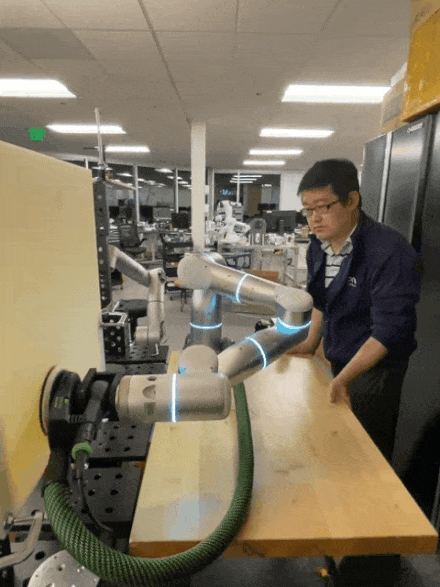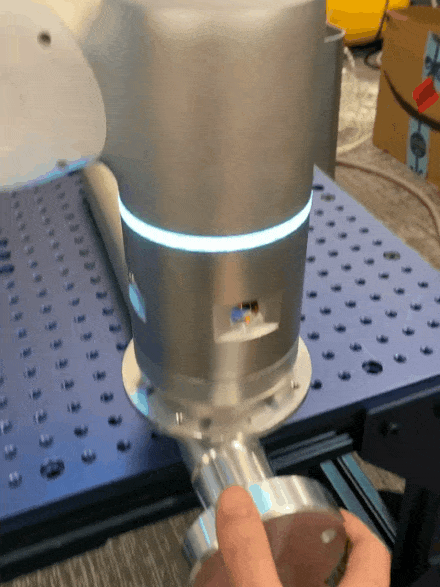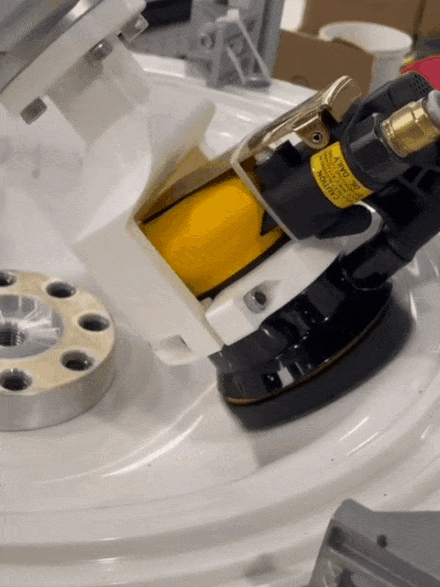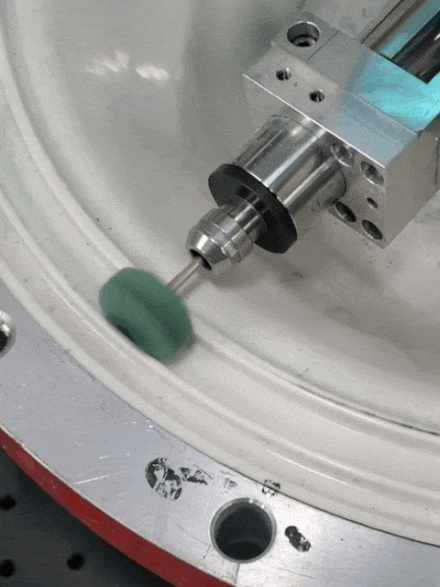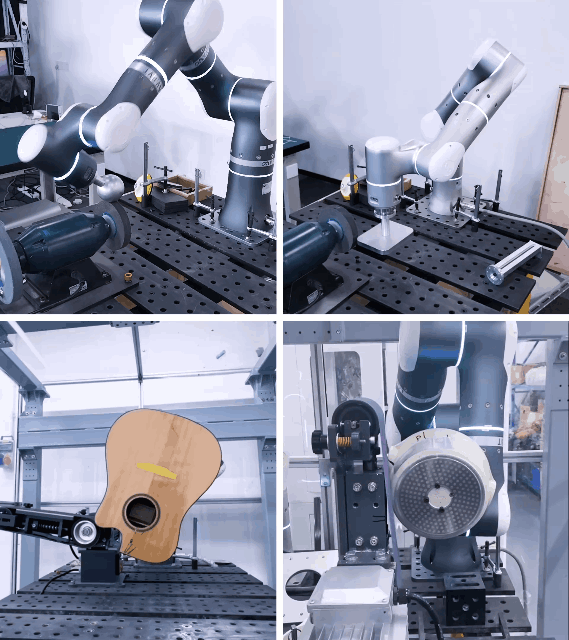How Does The Adaptive Robot Perform Like a Polishing Master?
In manufacturing industries, surface treatment is a common and indispensable technique, however, it is hard to be effectively automated due to many inherent technical challenges.
In the past few years, based on many customer needs and project practices, Flexiv has continuously made breakthroughs in the technology, products, and techniques involved in surface treatment scenarios and launched a flexible grinding solution based on adaptive robots. It assists customers in completing complex tasks that were previously difficult to automate and optimizing the overall ownership cost.
Why is grinding difficult to automate?
The traditional grinding industry relies highly on manual labor with skills and rich experience, especially some professional 'masters' who have been in the industry for many years and are highly skilled.
However, with the continuous rise in labor costs, the young are no longer willing to engage in repetitive, tiring, and physically-harmful work, making it increasingly difficult to recruit workers for surface finishing jobs. Meanwhile, manual labor is inefficient and prone to cause material damage or inconsistent results.
So, what are the common difficulties of grinding automation?
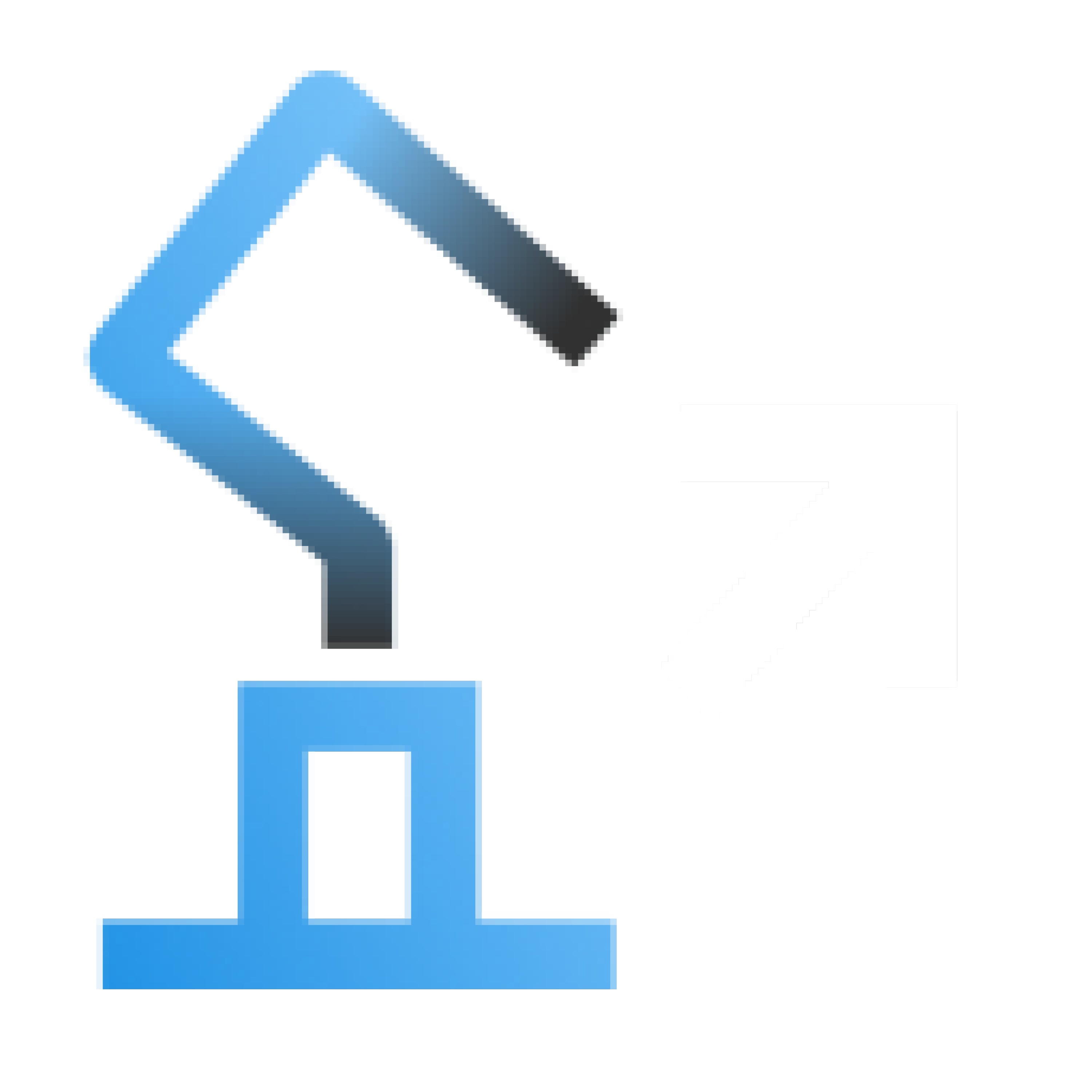
Requirements on force-control capacity
To achieve a good grinding result, most of the time, it requires both high position and force control accuracy.

Low universality of solutions
It takes a lot of time to fine tune the trajectory and it usually cannot be generalized to different cases, which means that the value of automating the grinding process is limited.

Lack of reliable hardware
Under high vibration working conditions, it significantly reduces the life cycle of robots and their peripheral devices.
Diverse grinding needs
Grinding application involves different polishing or grinding tools. The tool could be passive, motorized, or even pneumatic. The way you choose the right tool usually depends on the shape of the objects. It could be flat surfaces, curved surfaces, or an edge.

This results in lots of different types of working conditions and requires different robotic sanding and polishing techniques.
Based on adaptive robots that deeply integrate industrial-grade force control, computer vision, and advanced AI, Flexiv creates a universal 'weapon' to solve grinding automation problems.
Underlying capabilities for high-quality grinding
To excellently complete a grinding task, Flexiv believes that robots need to have multiple abilities, including:
Contour Tracking and Trajectory Learning
Flexiv started developing an interactive contour tracking algorithm in 2019, with a lot of hard work, the algorithm is upgraded to the trajectory learning technique. This enables the robot to quickly and precisely follow complex surfaces through its force control technology, making it ideal for irregular surfaces.
When the robot starts a grinding task, it can record its position and real-time force information. Based on the several trial data, the robot automatically iterates its control strategy and uses the self-learned parameters to complete the task.
Curved Surface Following
By leveraging whole-body torque control, the adaptive robot can perform fine surface following even on high curvature surfaces, which is the most critical technique for grinding curved surface objects.
Performance of Hybrid Motion Force Control
Currently, no matter with active or passive sanders, the robot can reach 800 mm/s maximum linear sanding speed. In some applications, it can even go up to 1000 mm/s. Even though the robot is performing high-speed motion, the force control accuracy can still achieve a precision of 0.6N.
Disturbance Rejection + Dexterity
Flexiv's adaptive robot is equipped with reliable disturbance rejection ability, which can handle all kinds of vibrations of the workbench, robot stand, or sander itself, bringing great stability to grinding applications and improving quality.
Besides, Rizon's seven degrees of freedom allow it to flexibly move and manipulate objects in a similar way to a human. This not only helps the robot to have precise force and speed control but also helps the robot to avoid singularity.
Core advantages of adaptive robot's grinding
Flexiv's Chief Robotics Scientist Shunyun Chung stated that through extensive R&D practice, grinding applications based on adaptive robots are proven to have several advantages.
Meet a wider range of needs
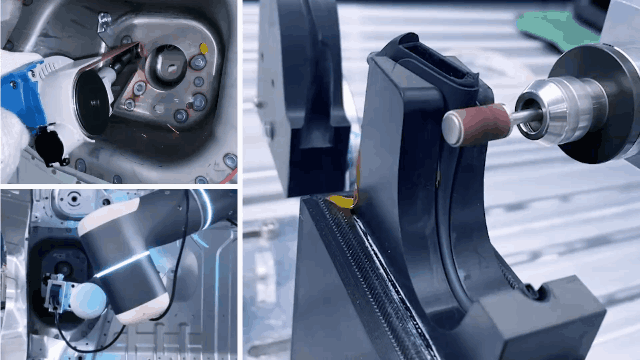
The adaptive robot has the ability to dynamically adjust stiffness. This variable stiffness allows the robot to execute high-stiffness tasks, like grinding or polishing automobile components. On the other hand, Rizon is also capable of lowering the stiffness and completing the earphone polishing with only 0.5 N force.
Thanks to the high force control response, Rizon can perform polishing on the workpieces with different curvature, or different surface friction.
All of these examples demonstrated how Rizon can be applied to different surface treatment applications.
Achieve great quality and consistency
Flexiv is also able to integrate a self-learning algorithm which enabled the robot to adjust the controller strategy based on the sensor feedback. This again improved the robot’s fine force control capacity and increased the polishing efficiency.
In our cell phone polishing project, thanks to Rizon's high dynamic force control accuracy, it actually achieved 1N force accuracy in linear motion and only had 2~3N fluctuation when the robot engaged contact. With this capability, Rizon can significantly reduce the chance of over-polishing.
This high efficiency was further demonstrated when Rizon is used in the insulator grinding project. During our testing and verification process, even though the task is difficult, the dynamic force control accuracy could still reach 1~2N. This completely meets the customer's requirements.
Realize effective test and deployment
With Flexiv Elements, engineers can quickly edit robot motions and deploy the robot in factories. By leveraging the force control capability, the adaptive robot has a high position error tolerance and does not require users to provide a precise trajectory.
It can automatically compensate for position errors from a few millimeters to a few centimeters. This also helps to make the deployment process much more efficient.

In the aluminum casting and grinding project, the Flexiv team was able to complete the test in only two days. And in the laser welding project, we were able to complete a similar grinding process on the new customer product within one day.
Raise the cost-effectiveness
Thanks to Rizon's built-in sensors, industry-leading force control, and seamless hardware and software integration, our surface treatment solution doesn’t require additional sensors or compliant mechanisms.
This reduces the overall cost and provides a future-proof robotic platform that can be modified on an as-needed basis.

When compared to a traditional robotic solution, it is calculated that customers who use Flexiv grinding solution could save around 50% on cost or sometimes even higher.
Moreover, the adaptive robot has an external TCP function, which allows it to work with giant sanding machines in the production line.
As one of the most typical application scenarios of force-controlled robots, grinding/polishing has always been and will continue to be an area of automation that Flexiv deeply explores and develops.
In addition to grinding, polishing, sanding, and deburring, adaptive robots' advanced force control capabilities can also play a significant role in other surface-treatment tasks. By creating flexible, versatile, and professional robotic 'masters', Flexiv will bring great production value to more customers and help drive automation transformation.
Based on the adaptive robot's key abilities, Flexiv provides flexible and reliable solutions to help you meet various automation needs.
If your application isn't listed, please contact the Flexiv team for more custom advice and assistance.
